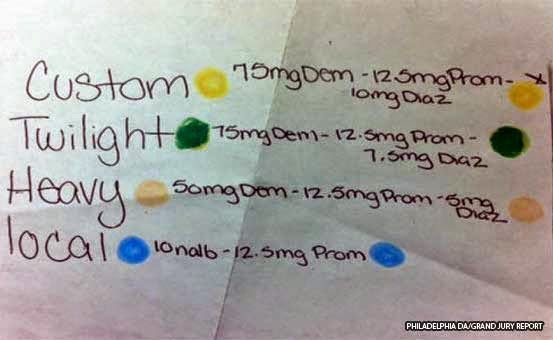On April 2, 1912, 25-year-old homemaker Elizabeth Jorgeson died from an abortion perpetrated that day by Katie Sauer, whose profession is not given. Sauer was held by the Coroner's Jury and indicted by a Grand Jury on November 30. The case never went to trial.
On October 27, 1926, 34-year-old Sophie Peterson underwent an illegal abortion in the Chicago office of Dr. Frederick Springe. She was taken to Mercy Hospital, where she died on November 30. Springe was indicted for felony murder by a grand jury on December 15.
On November 30, 1927, 22-year-old homemaker Lucille van Iderstine died in the Chicago office of Dr. Emil Gleitsman (pictured) from an abortion that had been performed on her that day. Gleitsman was indicted for felony murder in Lucille's death on January 15, 1928. Lucille's abortion was typical of illegal abortions in that it was performed by a physician. Evidently Gleitsman beat the rap on Lucille's death because he was later implicated in the abortion deaths of Jeanette Reder in 1930, Mary Colbert in 1933, and Marie O'Malley and Maggie Doe in 1942.













